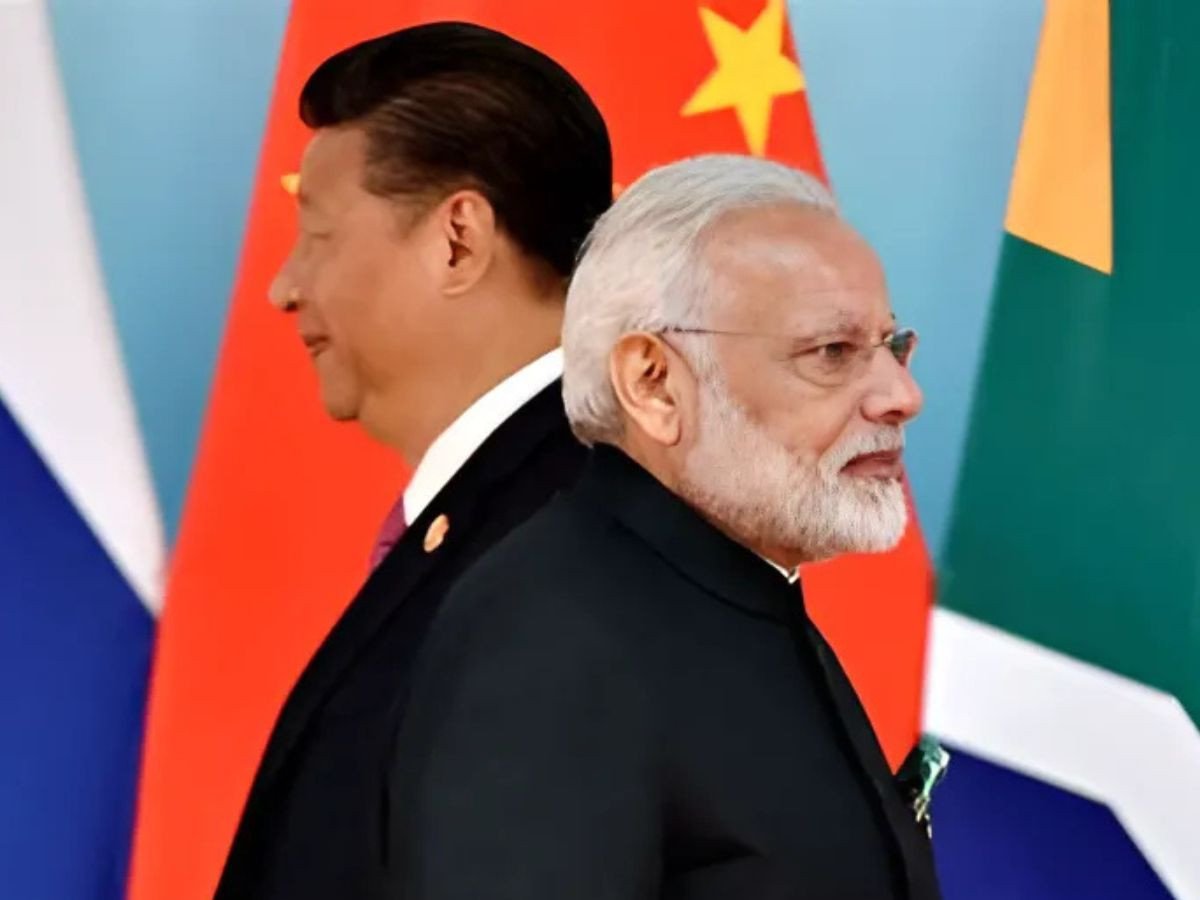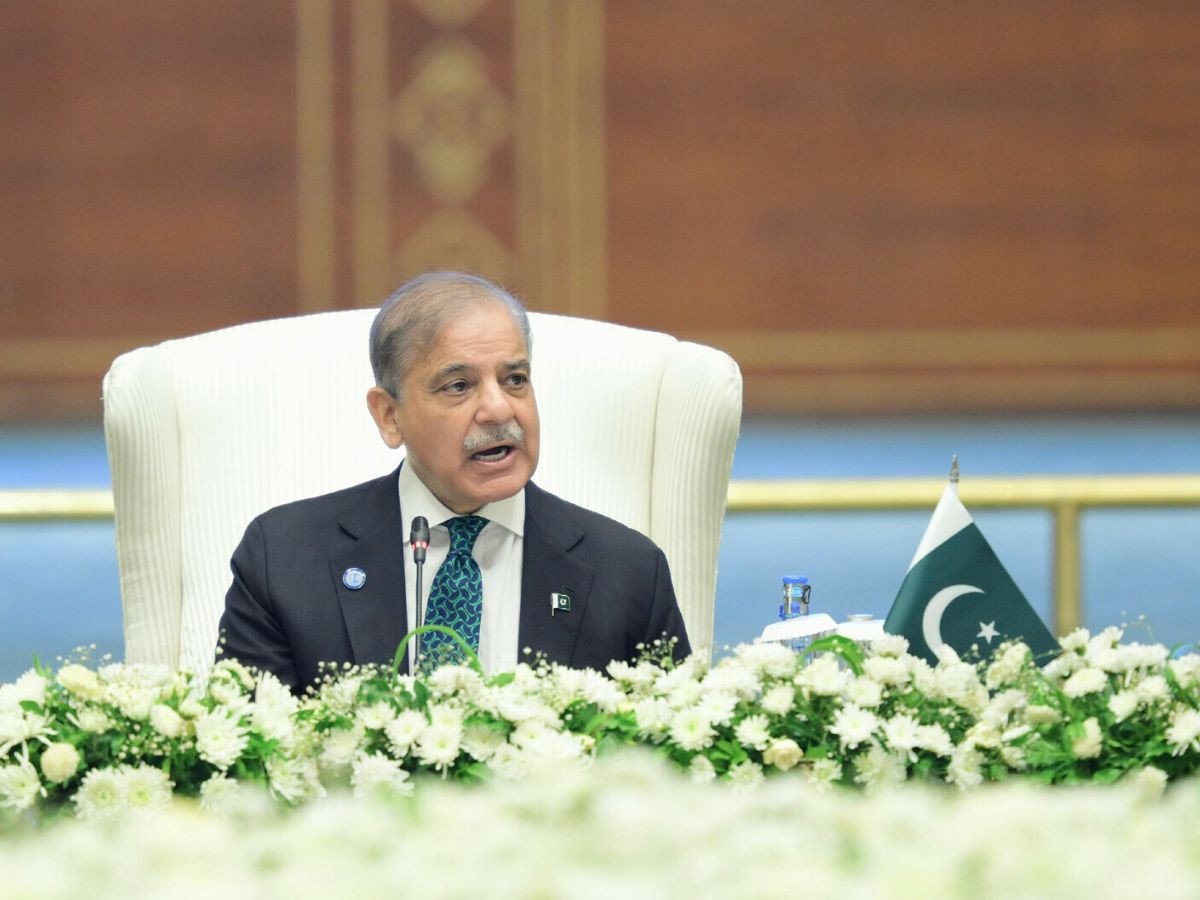
India's double game: a geopolitical juggling act
‘Realism’ marks that in the anarchic world, nature of interstate relations remain competitive and conflictual. States prioritize their survival and national interests, and seek to achieve and maintain balance of power against their competitors by accumulating power either through groupings or alliances.
During the cold war, one of the major reasons to successfully avoid direct conflict between the nuclear armed USA and the Soviet Union was the existence of NATO and the Warsaw pact as the world broadly remained polarized between the Soviet and the American blocs while non-aligned countries largely remained non-consequential.
However, global power contestation of 21st century is being characterized by realignments and readjustments of partnerships and alliances within the ambit of multipolarity.
Interestingly, throughout the cold war era, India remained aligned with the Soviet bloc primarily to address its geopolitical and geostrategic needs, though it championed Non-Aligned rhetoric.
Nevertheless, nuclearization of India in 1998 coupled with American desire to contain fast rising China opened a window of opportunity for India to align itself with the West and act as counter weight to China. However, a closer look at the global geopolitical environment vis-à-vis Indian play of realpolitik reveals certain ironic realities.
India on one hand is maximizing economic benefits from Russia by playing conduit to the Russian oil and substantially increasing the bilateral trade. According to a senior Russian diplomat, Indian bilateral trade with Russia reached over USD 66 billion in 2024. India also continues to purchase and upgrade Russian military hardware as 65-70 percent of existing Indian military inventory of its Armed Forces is of Russian origin.
In the same regards, India has recently inducted Russian S-400 Surface to Air Missiles to establish so called missile defence shield around its vital national areas and installations.
However, on the other hand, Indian supply of ammunition to the Ukraine alongside repeated abstentions in the UNSC has left Russians skeptical of Indian support and stance. Resultantly, Indian Prime Minister Modi, External Affairs Minister Jay Shankar and National Security Adviser Ajit Doval had to rush to Moscow one after the other to offer clarifications to the Russian President Putin.
The USA declared China as the strategic competitor in its Indo-Pacific Strategy (IPS-2022) in February 2022, and simultaneously designated India as its strategic partner and counter weight to China.
Ever since, India is being granted exceptionalism and preferential treatment to enhance its technological and military potential against China. The USA not only granted unprecedented CAATSA waiver to India for purchasing S-400 from Russia but also facilitated access to the Nuclear Suppliers Group (NSG).
The USA entered into 123 civil nuclear agreement besides exporting niche military capabilities to India and concluded a number of military agreements including General Security of Military Information Agreement (GSOMIA); Logistic Support Agreement (LSA); Communications and Information Security Memorandum of Agreement (CISMOA) and the Basic Exchange and Cooperation Agreement for Geospatial Intelligence (BECA) with India.
Nevertheless, interestingly, India has expressed its inability to side with the USA in case it involves in a confrontation with China (Mr Ashley Tellis, Tata Chair for Strategic Affairs and a Senior Fellow at the Carnegie Endowment for International Peace).
Likewise, though India is an integral part of the US-led QUAD (Quadrilateral Security Dialogue) against China however, it is also the founding member of non-Western organizations like SCO and BRICS. Similarly, alongside being the strategic partner with the USA and becoming home to the Western technologies and military hardware, India is also fostering bilateral trade with China (USD 136 billion) and Russia (USD 66 billion), and also becoming part of De-dollarization initiative.
The USA, owing to geopolitical compulsions, had been turning blind eyes to the human rights transgressions and even to the export of state sponsored terrorism by India.
However, of late, the USA has started to express its discontentment about the Indian behavior through a number of actions. First of all, it supported the Canadian allegations of Indian involvement in terrorism on Canadian soil and asked India to cooperate in the investigations besides unearthing a murder plot and filing an indictment against an Indian official by the USA’s Justice Department.
In the same context, USA’s State Department also issued a ‘report on religious freedom within India in 2023’, and held meetings with the Sikh activists in the White House on 20 September 2024, ahead of Indian Prime Minister’s visit to Washington. In the same continuation, despite serious diplomatic efforts, India could not secure invitation for Prime Minister Modi for President Trump’s oath taking ceremony.
Adding insult to injury, India on one hand faces real threat of deportation of its over 700,000 illegal immigrants from the USA while on the other hand, President Trump has hinted at imposing high tariffs to the Indian imports.
Given the geopolitical, geo-economic and geostrategic realities, there seems to be a growing cognizance within the Indian strategic community that India can ill afford (economic and military) confrontation with the global power like China.
Whereas, two front war scenario against the nuclear armed neighbors (China and Pakistan) portrays further scary picture for India. Assessing the emerging geopolitical environment, the former Indian Army Chief, General Naravane in an article published on 14 August 2023, clearly stated that, “two front war would mean defeat”.
More recently, in order to de-escalate border tensions, Indian Prime Minister Modi met with the Chinese President Xi Jinping on 23 October 2024, on the sidelines of the BRICS Summit in Kazan, Russia. Rapprochement between China and India would raise questions about the future and effectiveness of US Indo-Pacific Strategy and the QUAD.
Prudent review of the prevalent geopolitical and geostrategic environment reveals certain interesting but stark paradoxes about the Indian stance.
Under the disguise of ‘strategic autonomy’, India is trying to simultaneously ride boats flowing in diametrically opposite directions. India’s existing economic and military potential is a constant and unsurmountable barrier to its perceived global aspirations. Similarly, being the epicenter and exporter of state sponsored terrorism, Indian attempts to play victim of terrorism card also did not gain traction.
Taking the realistic view, it can be concluded that India, in a bid to have best of both the worlds, intends playing the double game by running with the hare and hunting with the hounds, which in the global power contestation, is neither achievable nor sustainable proposition.


COMMENTS
Comments are moderated and generally will be posted if they are on-topic and not abusive.
For more information, please see our Comments FAQ